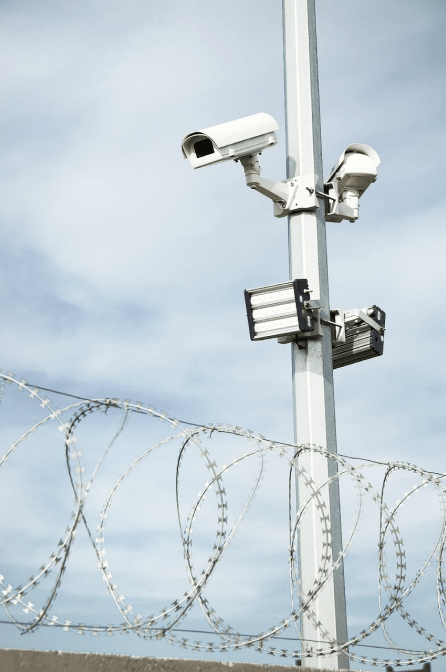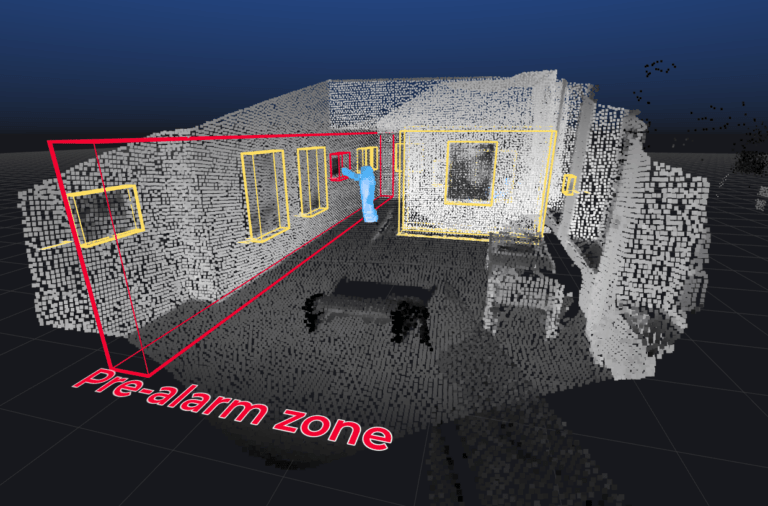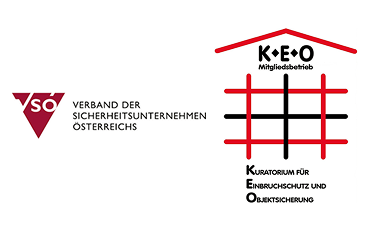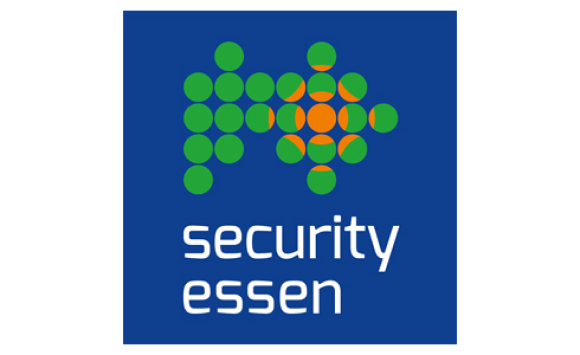The energy sector is often overlooked in modern society, despite its crucial role. We tend to take the reliability of energy supply for granted until a power outage, technical glitch, or disruption occurs due to accidents, sabotage, or cyber-attacks. However, it is at these moments that we become painfully aware of how dependent we are on a reliable energy supply. Ensuring safety in the energy industry is not just about keeping the lights on; it’s also about protecting lives and preserving the environment. Therefore, the implementation of advanced security systems and measures has become an indispensable part of modern energy management.
Securing Critical Infrastructure with Perimeter Intrusion Detection Systems (PIDS)
In addition to implementing high-security protocols in information technology and collaborating with security authorities, the physical security of critical infrastructures plays a vital role. Many facilities, such as substations or solar parks, operate fully automated, making protection against unauthorized entry, manipulation, or vandalism essential to prevent potential widespread outages. These facilities are often remote, lack security personnel, and cover extensive areas, requiring reliable coverage in all weather conditions. Perimeter Intrusion Detection Systems (PIDS) are frequently employed in addition to expensive fences.
PIDS refers to security solutions specifically designed to detect unauthorized access or intrusion attempts along the physical boundaries of a building or facility.
The primary function of these security solutions is to provide early warning and detection of intruders, allowing security personnel to react quickly and effectively to potential threats. However, despite these security measures, facility operators and security firms often face false alarms, theft attempts, and privacy issues, resulting in high costs due to manual verification, alarm fatigue, and other challenges.
Limited Precision and Weather Dependency
Let’s take a look at the existing security technologies used in PIDS. Motion sensors and surveillance cameras are commonly used, but their data quality quickly diminishes in poor lighting conditions, leading to frequent false alarms caused by animals or vegetation. Moreover, these systems are susceptible to manipulation. To address this, many companies turn to thermal cameras. However, these cameras are not compliant with privacy regulations, as they can directly identify individuals. Especially in urban areas with facilities like city substations, privacy concerns are significant and cannot be addressed with regular surveillance or thermal cameras.
Other technologies, like radar sensors, quickly reach their limits in distinguishing and classifying objects due to low resolution. They also provide invalid data when metallic objects are present in their field of view, posing a significant problem for facilities like substations with overhead lines and structures.

Reliable intrusion detection thanks to 3D LiDAR data
3D LiDAR technology provides a solution by reliably detecting entry into defined security zones. The robust, laser-based sensors collect environmental data and compile it into a 3D point cloud. Thanks to the intrinsic light source, the technology operates reliably regardless of ambient light, delivering continuous data irrespective of the time of day or weather conditions.
The three-dimensional nature of the captured data ensures unequivocal detection of whether an object is in the critical area or not, eliminating the need for additional interpretation steps. Moreover, privacy is protected since the point cloud representation of the data does not allow for the identification of individuals. When an intruder is detected, an alarm can be triggered based on object recognition. The size of the detected objects, triggering an alarm, can be individually set to prevent false alarms from small animals or vegetation. But what does this solution look like in practice?
LiDAR for Securing Critical Infrastructure
LiDAR sensors are installed for hazard detection and alarm triggering, overlooking the monitored area, such as the fence of a substation or the aisles between photovoltaic panels. Due to their compact size, the sensors can be flexibly and discreetly mounted in existing infrastructure, i.e. on the panels. This allows them to secure facilities like solar parks that may not be fenced and are used for agriculture.

Within the associated software, virtual security zones are defined around the area to be monitored. When an object, such as a person, enters one of these zones and exceeds the predefined size, an alarm is immediately triggered, notifying the security personnel. Real-time alarm triggering enables a rapid response to threats, contributing to maintaining supply security, while the precise size detection of objects through 3D data reliably prevents false alarms caused by small animals, branches, or vegetation.
A New Era of Security in the Energy Sector
In conclusion, LiDAR-based security systems set new standards in the energy sector. Their precision, independence from weather conditions, and ability to minimize false alarms make them an indispensable component in the pursuit of a secure and reliable energy infrastructure. Security takes precedence, and the integration of 3D LiDAR in PIDS provides new perspectives for protecting our vital energy facilities.








